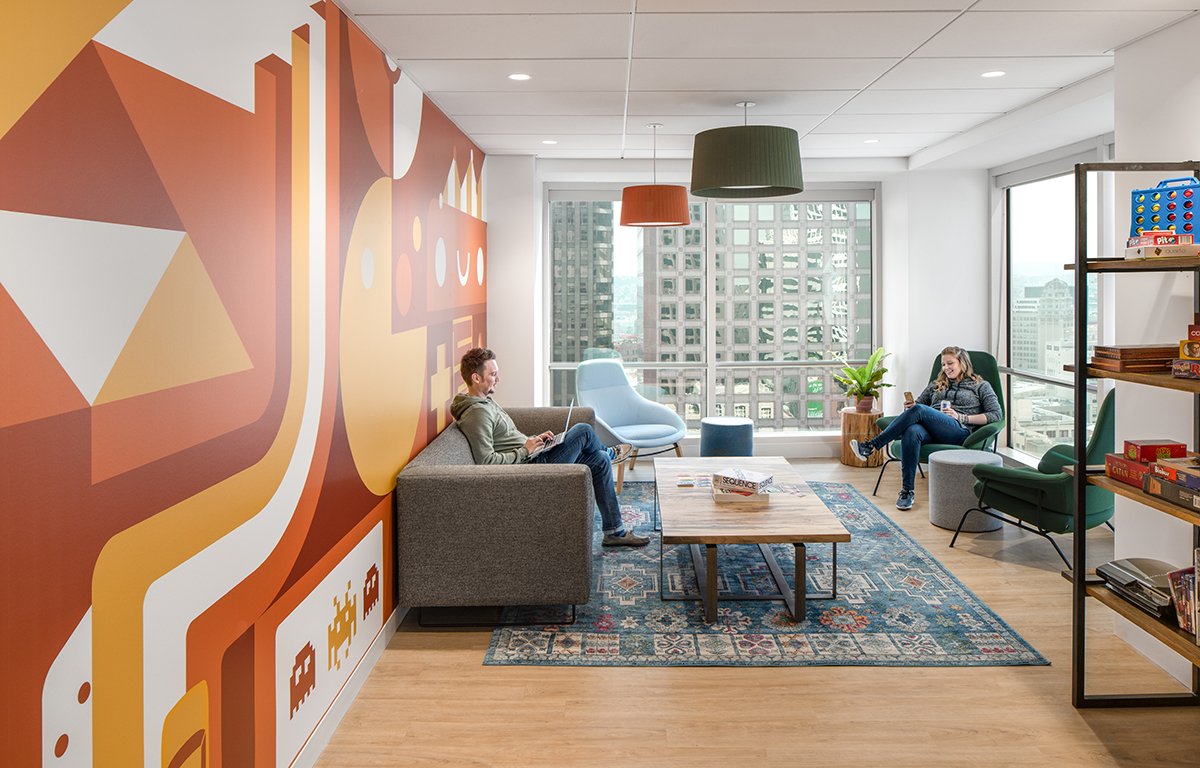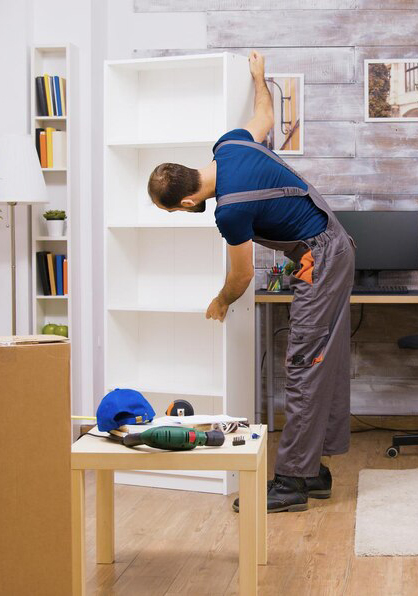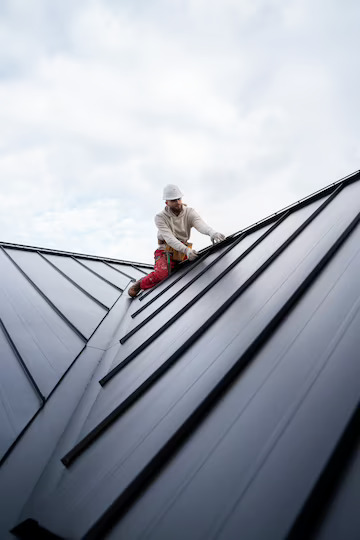
In the ever-evolving world of commercial spaces, design trends play a pivotal role in shaping the way businesses present themselves and engage with their customers. From sleek office environments to captivating retail spaces, the design landscape is constantly evolving to cater to changing consumer preferences and technological advancements. In this article, we’ll explore the top design trends that are redefining commercial spaces and enhancing user experiences.
Increasing the Ambiguity of Work and Play
Modern commercial spaces are increasingly focusing on creating environments that seamlessly blend work with relaxation. The traditional office setting is transforming into a more dynamic and inviting space, incorporating comfortable lounge areas, recreational zones, and even game rooms. This trend caters to the idea that a well-balanced work-life dynamic can lead to increased productivity and employee satisfaction.

Designing Biophilically to Connect with Nature
Biophilic design is gaining prominence as a way to bring nature indoors, creating a soothing and visually appealing atmosphere. Incorporating natural elements like indoor plants, water features, and natural lighting not only enhances aesthetics but also contributes to improved air quality and overall well-being. This design approach is particularly popular in retail spaces and restaurants, where it fosters a sense of tranquility and relaxation among customers.
Flexibility and Multi-Functionality
Adaptability is key in commercial spaces, especially in an age of rapid change. Design trends are favoring flexible layouts and multi-functional furniture that can easily transform to accommodate different needs. From modular workstations that can be rearranged to suit various team sizes to collapsible seating for events, these versatile design elements offer a practical solution to evolving space requirements.
Tech Integration and Smart Environments
The rise of technology has had a profound impact on commercial design. Smart lighting systems, interactive displays, and integrated technology solutions are being seamlessly woven into the fabric of commercial spaces. These tech-savvy environments not only enhance user experiences but also provide businesses with valuable data insights for better decision-making.


Sustainability and Eco-Friendly Practices
As environmental consciousness grows, so does the demand for sustainable design practices in commercial spaces. From energy-efficient lighting and appliances to the use of recycled and locally sourced materials, businesses are prioritizing eco-friendliness. Green design not only reduces the carbon footprint but also resonates with environmentally conscious consumers.
Minimalism and Clean Aesthetics
The saying “less is more” is finding its way into commercial design. Clean lines, uncluttered spaces, and minimalistic aesthetics are becoming increasingly popular. This design trend not only creates an organized and calming environment but also allows businesses to showcase their products and services without distractions.


Inclusive and Accessible Design
Inclusivity is a rising trend in commercial spaces, with a focus on creating environments that cater to people of all abilities. From wheelchair-accessible entrances to sensory-friendly spaces, inclusive design ensures that everyone can comfortably navigate and enjoy the space.
Bold Color Palettes and Statement Pieces
Commercial spaces are embracing vibrant colors and eye-catching statement pieces to create memorable impressions. Bold color schemes and unique furnishings add personality and create a visually stimulating environment that captures attention and sparks conversations.

Conclusion
Design trends are continually reshaping the way we experience commercial spaces. From flexible layouts and sustainable practices to immersive technology and nature-inspired designs, these trends are at the forefront of shaping environments that cater to the needs and desires of businesses and customers alike. By staying attuned to these trends, businesses can ensure that their commercial spaces remain inviting, functional, and ahead of the curve in today’s ever-changing landscape.
FAQ | Frequently Asked Questions
What is biophilic design?
Biophilic design is an approach that incorporates natural elements into indoor spaces, fostering a connection with nature and promoting well-being.
How does flexible design benefit businesses?
Flexible design allows businesses to adapt their spaces to changing needs, optimizing functionality and improving efficiency.
Why is sustainability important in commercial design?
Sustainability in design reduces environmental impact and aligns with the values of eco-conscious consumers, enhancing a business’s reputation and appeal.
Are bold color palettes suitable for all types of commercial spaces?
Bold color palettes can be effective in creating impactful environments, but they should be chosen carefully to align with the brand and purpose of the space.
How can businesses integrate technology into their design?
Businesses can integrate technology through smart lighting, interactive displays, and integrated systems that enhance user experiences and gather valuable data.

